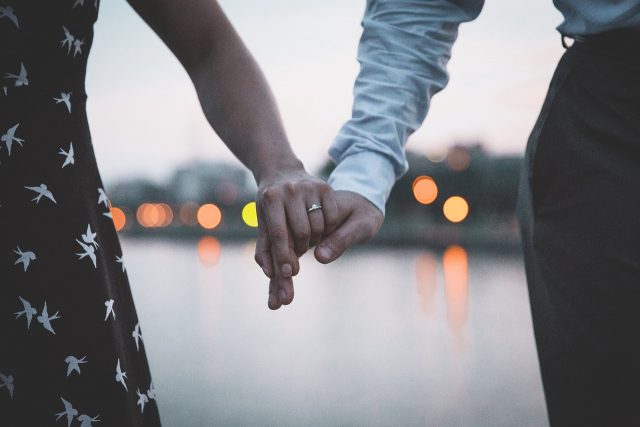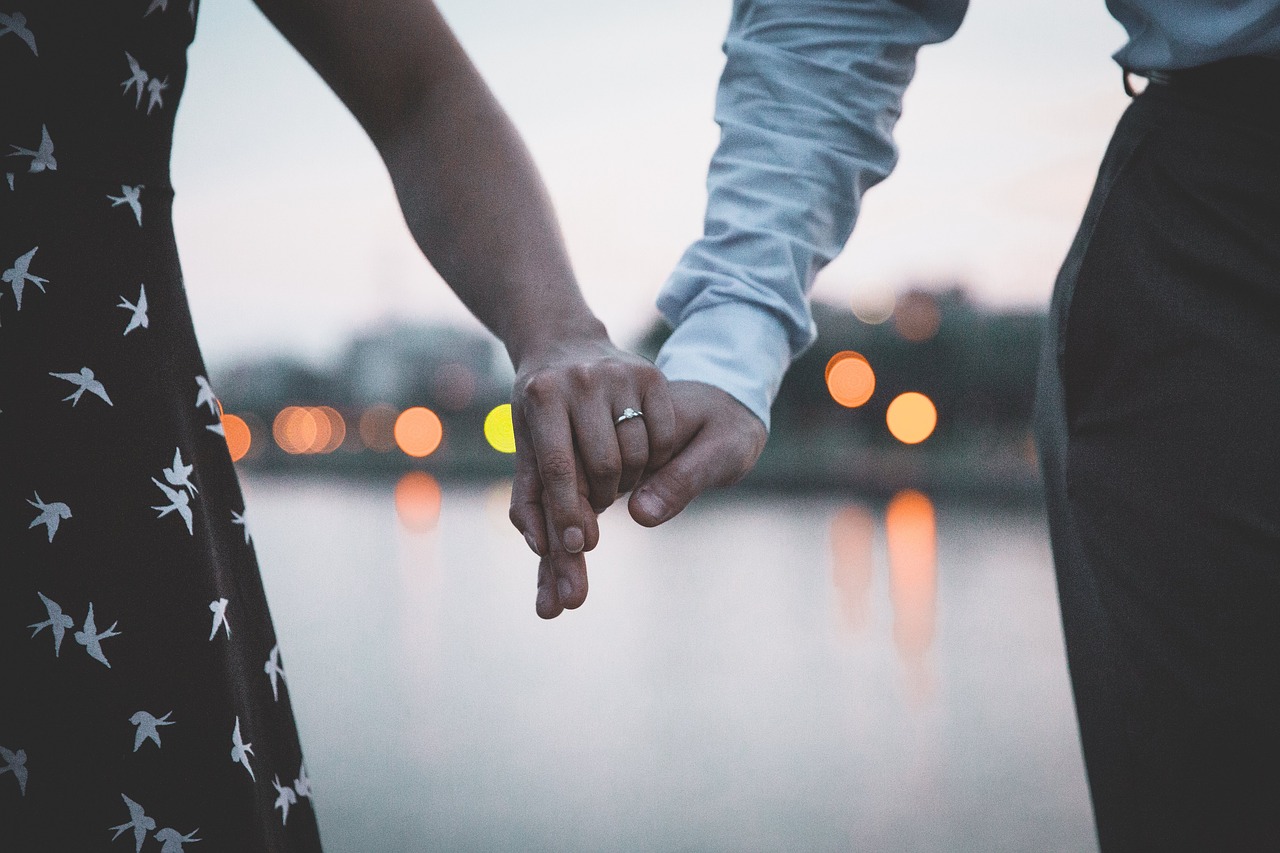If you’re picking out an engagement ring, or if you’re simply thinking about what you might want, the decision can seem overwhelming. There are so many variables to consider, and there’s no such thing as a “right” choice for any of them.
Whether you’re brainstorming on your own or working with your partner, the following are some of the most important factors you’ll need to weigh.

Overall Style
First and foremost, you’ll need to decide on your overall engagement ring style. This is a collection of different traits that make up the “personality” of your ring. Deciding on a style initially can help you make decisions for each of several other categories.
Styles can be considered in multiple different dimensions. For example, do you want something simple or something ornate? Simple rings tend to be minimalistic and small, with limited features and tight designs. Ornate rings tend to be more grandiose; they may be inherently larger, with flashier stones, or other eye-catching features.
Do you want something traditional or something edgier? Traditional engagement rings tend to have a simple band of gold or platinum, with one or more central diamonds as the stone of choice. The further your design deviates from this standard, the more nontraditional it will be.
Do you want something vintage or something new? Even newly manufactured rings can be designed in a way that mimics a vintage style, but most people who prefer vintage rings gravitate toward older rings. For example, you might use the old engagement ring of a relative, or shop at antique stores to find something unique. Or if vintage isn’t your style, you can shop specifically for something with a clean, modern look.
Stone
Whatever style you choose, you’ll need to think about the stone you want to have. If you choose a traditional ring, or otherwise want a diamond, you’ll need to think about the four C’s:
- Color. Color refers to the presence or absence of coloring in the diamond. Pure diamonds should be completely free of any hue. However, you may actually prefer a diamond with a bit of color in it for a more unique look.
- Clarity. The clarity of the diamond refers to the presence or absence of blemishes and other imperfections. Ideally, a diamond should be absolutely clear, with no internal flaws.
- Cut. The cut of the diamond is more variable, since you can cut a diamond in many different ways. Most people prefer a diamond with many perfectly cut facets, allowing light to scatter in interesting ways. Proportions, symmetry, and polish are all important considerations here.
- Carat weight. The carat weight is essentially a measure of how big the diamond is. Some people prefer bigger diamonds, while others want something smaller and more minimalistic.
Diamonds aren’t the only choice, however. You may want a stone that appeals more to your personal tastes, or deviates from the traditional style. For example, some people choose to have an engagement ring with their birthstone, or a gemstone that they feel best suits their personality. Rubies, emeralds, and sapphires are common choices, but you can get almost anything.
Metal
Once you choose a stone, you can start thinking about the band you want. There are many types of metal you could use, though gold, platinum, and silver tend to be the most common options. You’ll want to make your choice not only based on what kind of color or appearance you want your band to have, but also the design you want; some metals are more porous or more malleable than others, making them better suited for an ornate design or a unique inlay.
Cost
The average cost of an engagement ring is $5,680, but this number is overinflated by ridiculously expensive rings. Don’t feel pressured to spend a specific amount of money, no matter how many “rules of thumb” you read on the internet. What’s important is that you get a ring that you love, and that reminds you of the relationship you share with your partner. Have a frank discussion with your partner about your personal finances; make sure you both understand the priorities and perspectives of the other before moving forward with a purchase.
Nobody can tell you what’s right for your engagement ring. This is something that’s entirely up to you (and possibly, your partner). These categories aren’t meant to provide you with an answer, but instead are designed to help you think in a way that helps you come to an answer yourself. If you’re still stuck, make sure to visit lots of jewelers in your area, or shop online; seeing a wide range of different rings can help you narrow down your likes and dislikes.

